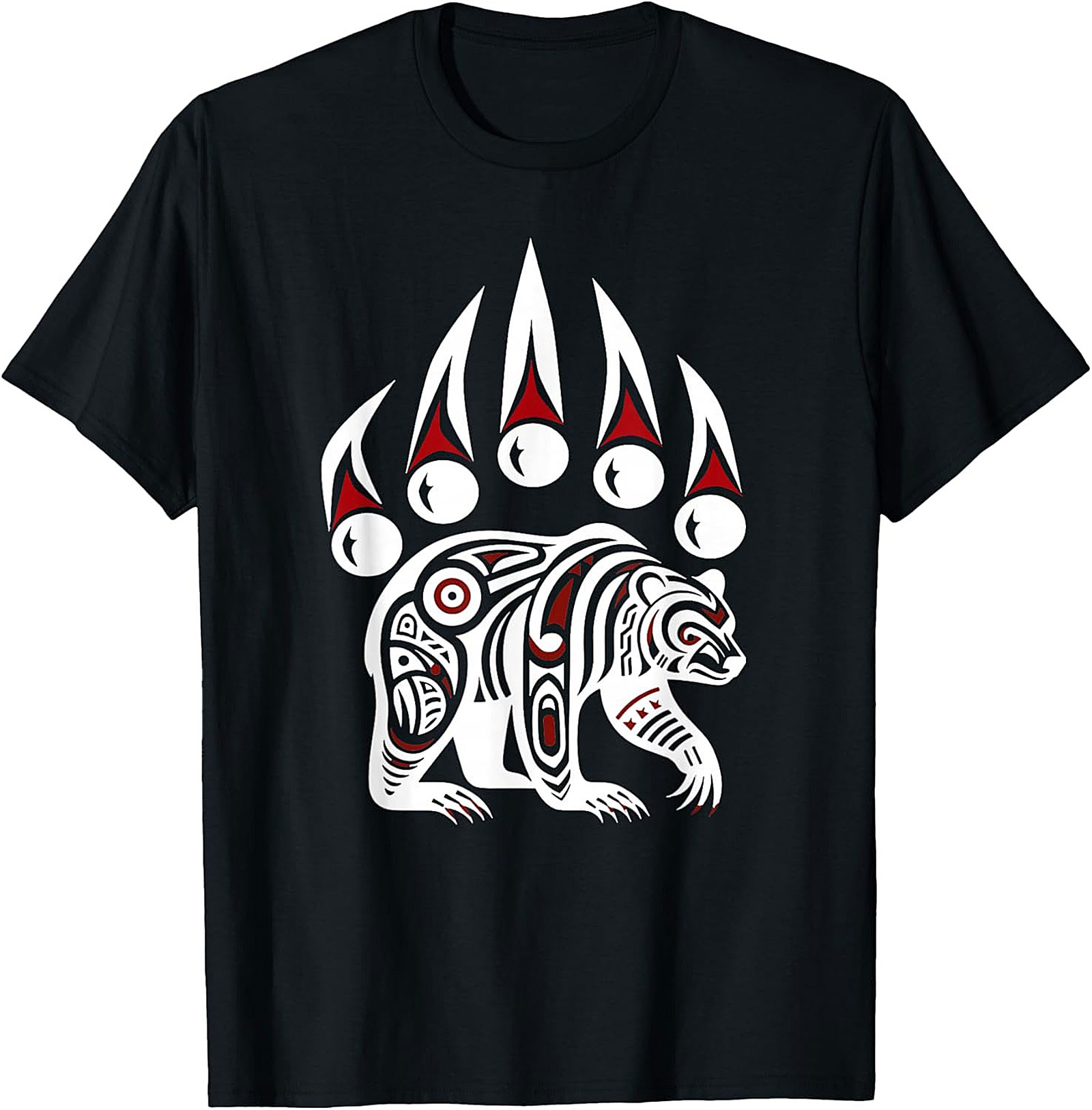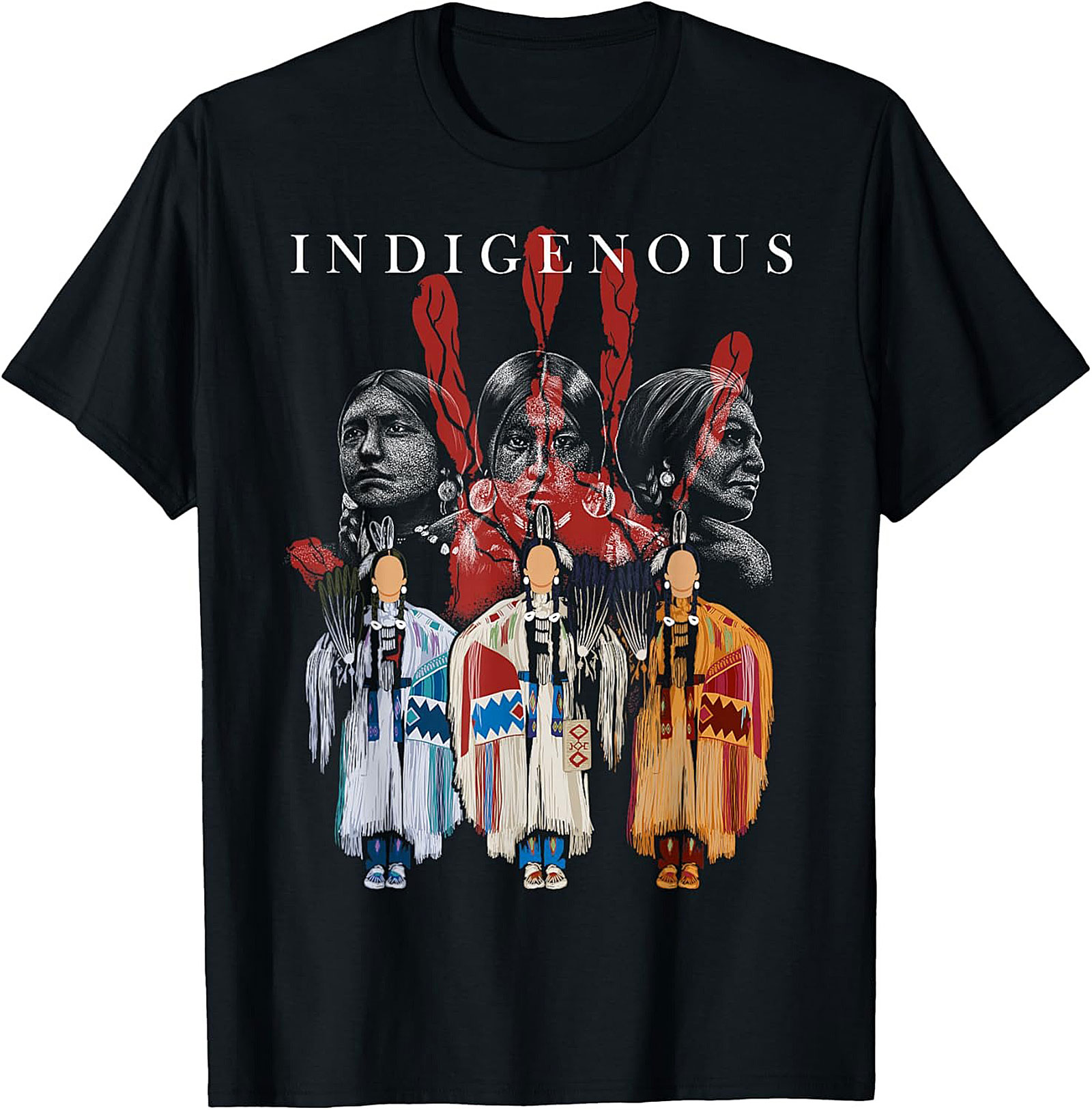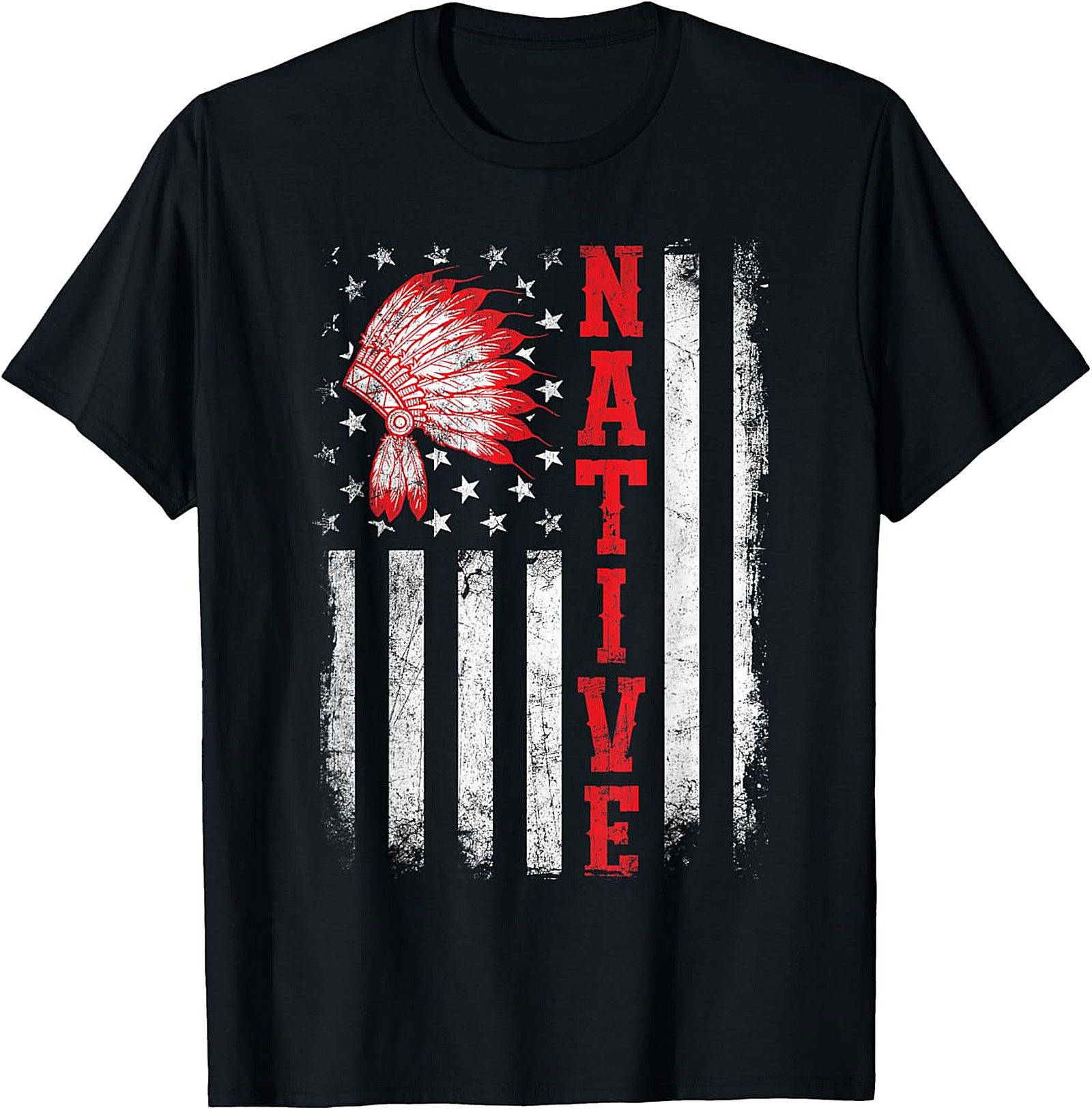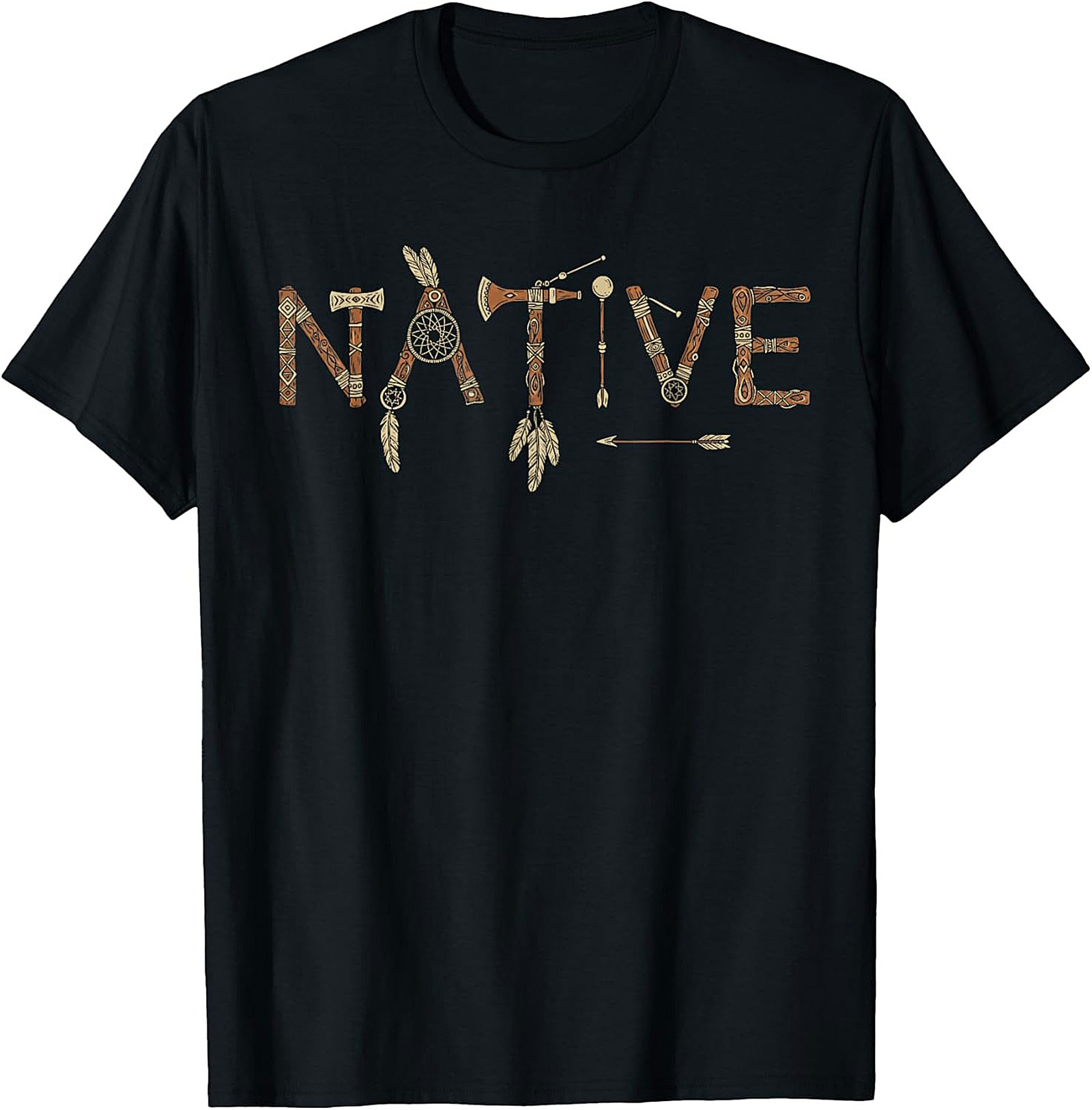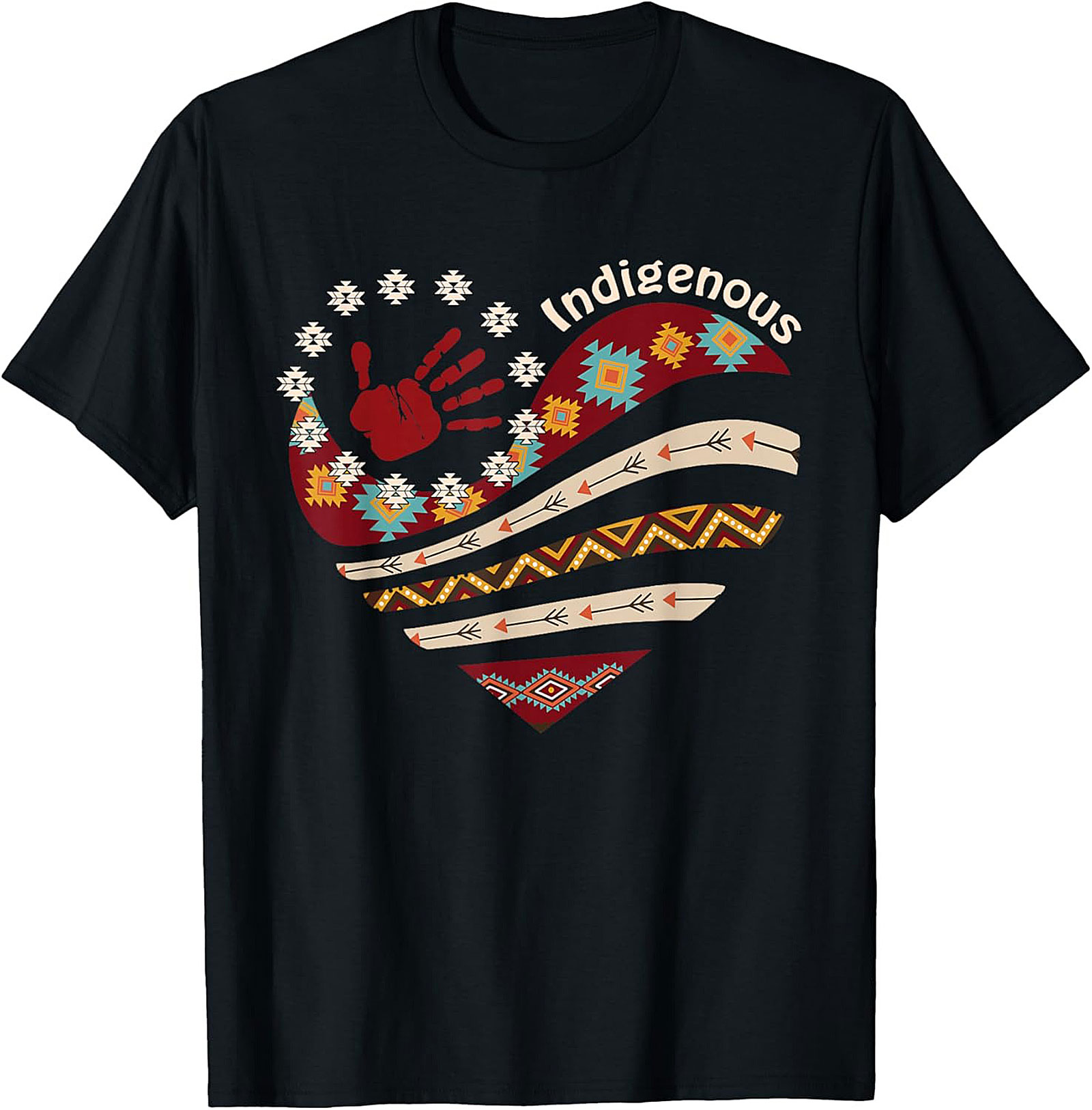The Story Behind Each Native American Design
Uncover the rich cultural "story behind native design" and the profound meanings woven into every "tribal shirt." Explore the history, symbolism, and diverse heritage of indigenous art, from ancient traditions to modern expressions.
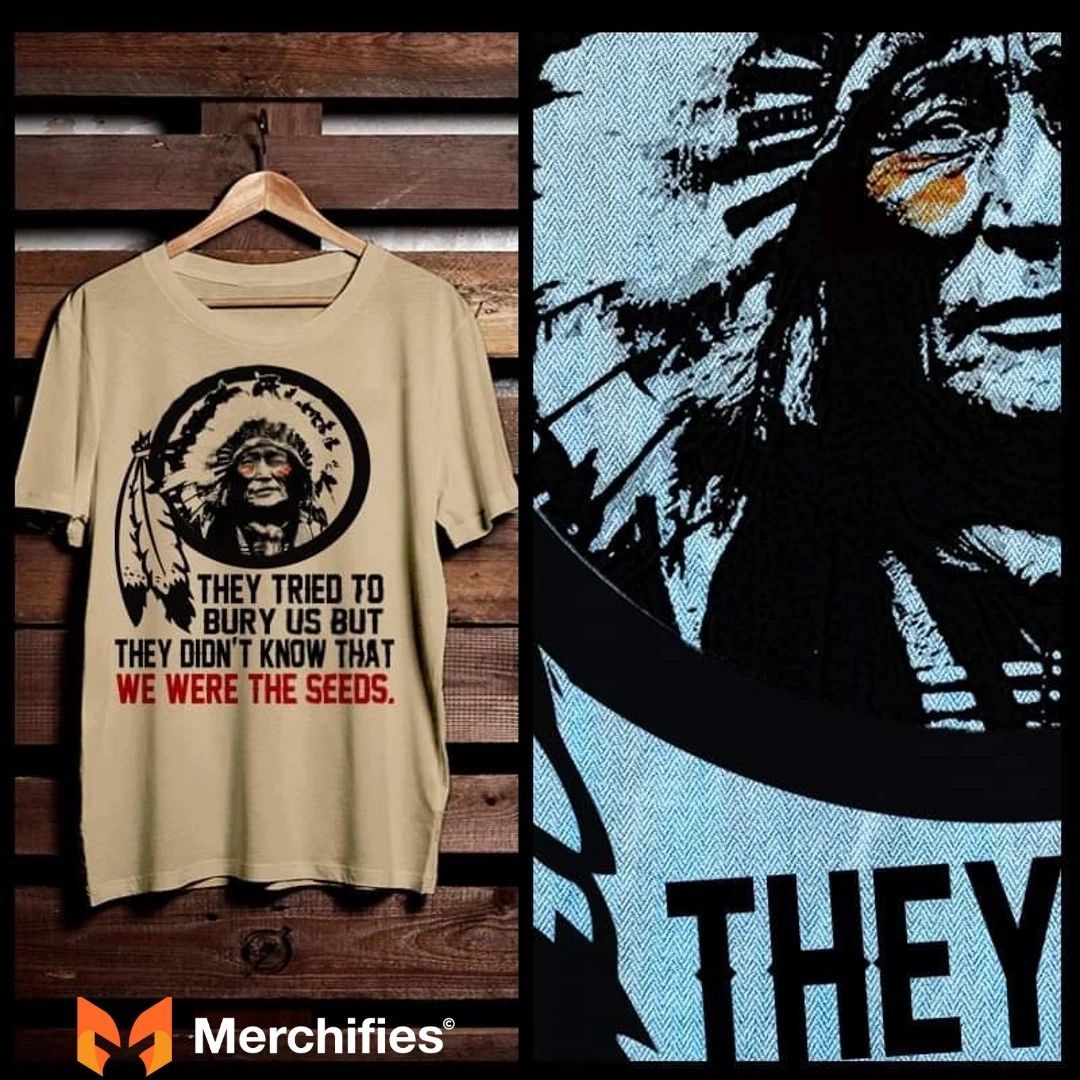
Blog Post Contents
The moment we encounter a vibrant pattern or an intricate motif on a piece of clothing, especially a tribal or Native shirt, our eyes are immediately drawn to its beauty. But what if we told you that behind every line, every color, and every symbol lies a universe of meaning, a living chronicle of identity, and a deep connection to ancestry? Indigenous designs are far more than mere aesthetics; they are powerful expressions of identity, spirituality, and an unbreakable bond with the land. As seasoned expert Evelyn Sage often shares, truly understanding the "story behind native design" is an invitation to engage with thousands of distinct Indigenous cultures globally, each possessing unique artistic traditions. This article will journey into the profound cultural significance, diverse stories, and intricate symbolism woven into Indigenous textile art, specifically focusing on the meaning behind tribal and Native shirts and promoting respectful appreciation. Prepare to uncover the heritage, artistry, and vital cultural context embedded in these remarkable creations.
Do you love Native Americans as much as we do?
$12.79
$22.79
43% off$12.79
$22.79
43% off$12.79
$22.79
43% off$12.79
$22.79
43% off$12.79
$22.79
43% offMore Than Aesthetics: The Universal Language of Indigenous Design
Indigenous designs speak a language understood by generations, transcending mere visual appeal to communicate complex narratives and spiritual truths.
Design as Identity, Heritage, and Connection
For countless indigenous communities, designs found on garments like tribal shirts serve as a visual lexicon, communicating lineage, tribal affiliation, and clan membership. These intricate patterns are not random; they tell personal stories, mark significant life events, and often reflect a deep connection to ancestors, spiritual beliefs, and the very land a people inhabit. Designs frequently act as mnemonic devices, helping to preserve and transmit oral histories and traditional knowledge from one generation to the next, cementing identity and heritage.
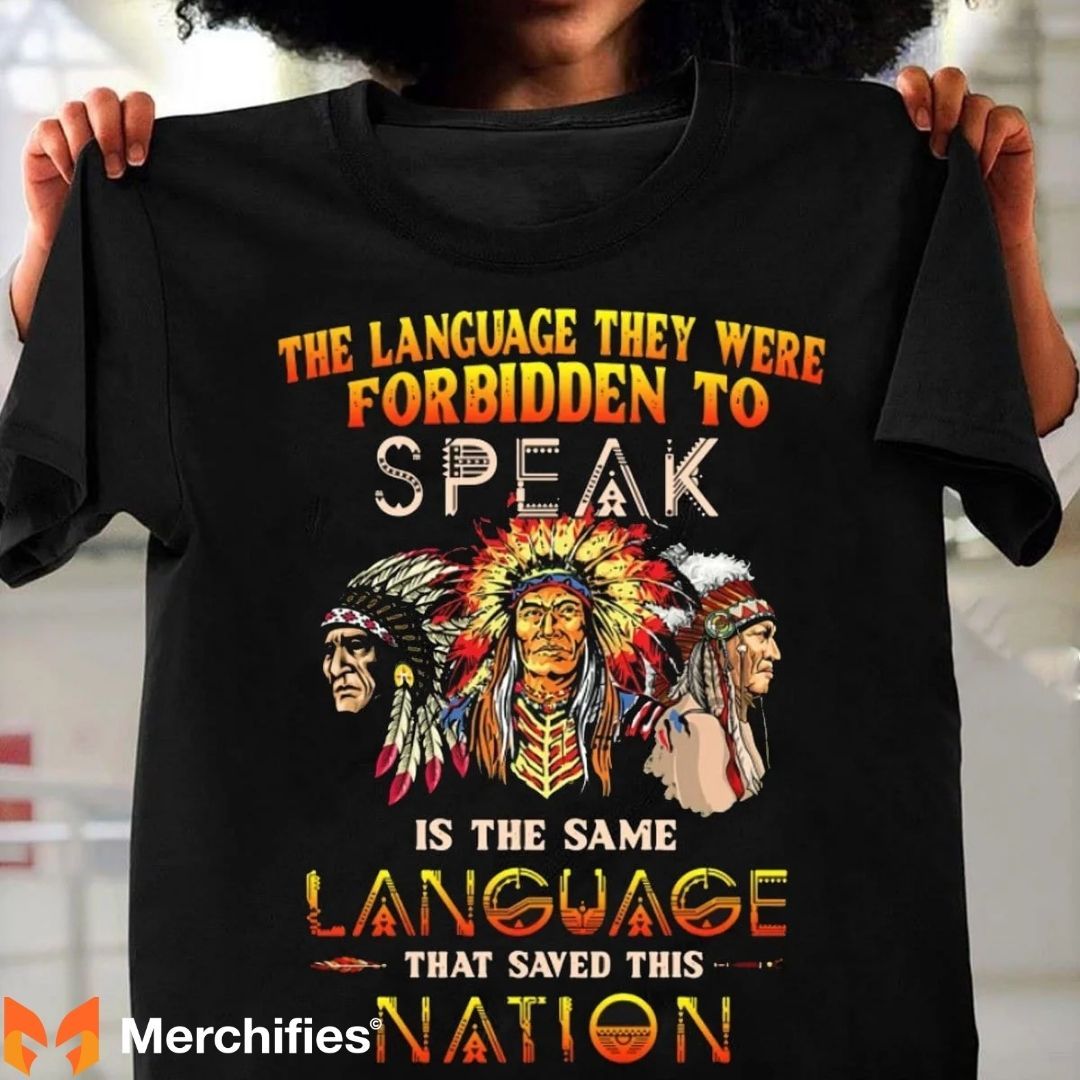
Symbolism as Narrative: Decoding the Motifs
To truly appreciate the "story behind native design," we must learn to decode the rich symbolism embedded within.
Animals: Animal motifs are profound. A bear might symbolize strength and introspection, an eagle wisdom and spiritual connection, while the coyote often embodies the trickster spirit and adaptability. These spirit guides represent characteristics and powers revered by the community.
Nature: Elements from the natural world—rivers, mountains, celestial bodies, and plants—represent fundamental aspects of life. They can symbolize creation stories, spiritual journeys, cycles of life, and reflect a deep ecological knowledge and reverence for Mother Earth.
Geometric Shapes & Patterns: Geometric forms are rarely just decorative. They can represent balance, community structure, specific cultural cosmologies, directional meanings, or hold deep ceremonial significance, illustrating the interconnectedness of all things.
The Role of Color and Material
The choice of color and material is equally crucial to the meaning behind indigenous designs. Traditional dyes, often sourced from plants, minerals, and insects, carry specific symbolic meanings. Red might represent life, blood, or passion; blue, the sky or water; yellow, the sun or earth. Furthermore, the fabric types, intricate weaving techniques, and embellishments like beads, quills, or shells are not merely decorative but are integral parts of the narrative, adding layers of meaning and cultural significance.
The Canvas of Culture: Exploring Tribal Shirts and Their Stories
Tribal shirts, in their myriad forms, act as canvases upon which the vibrant tapestries of indigenous cultures are displayed. These garments are not just clothing; they are living artifacts.
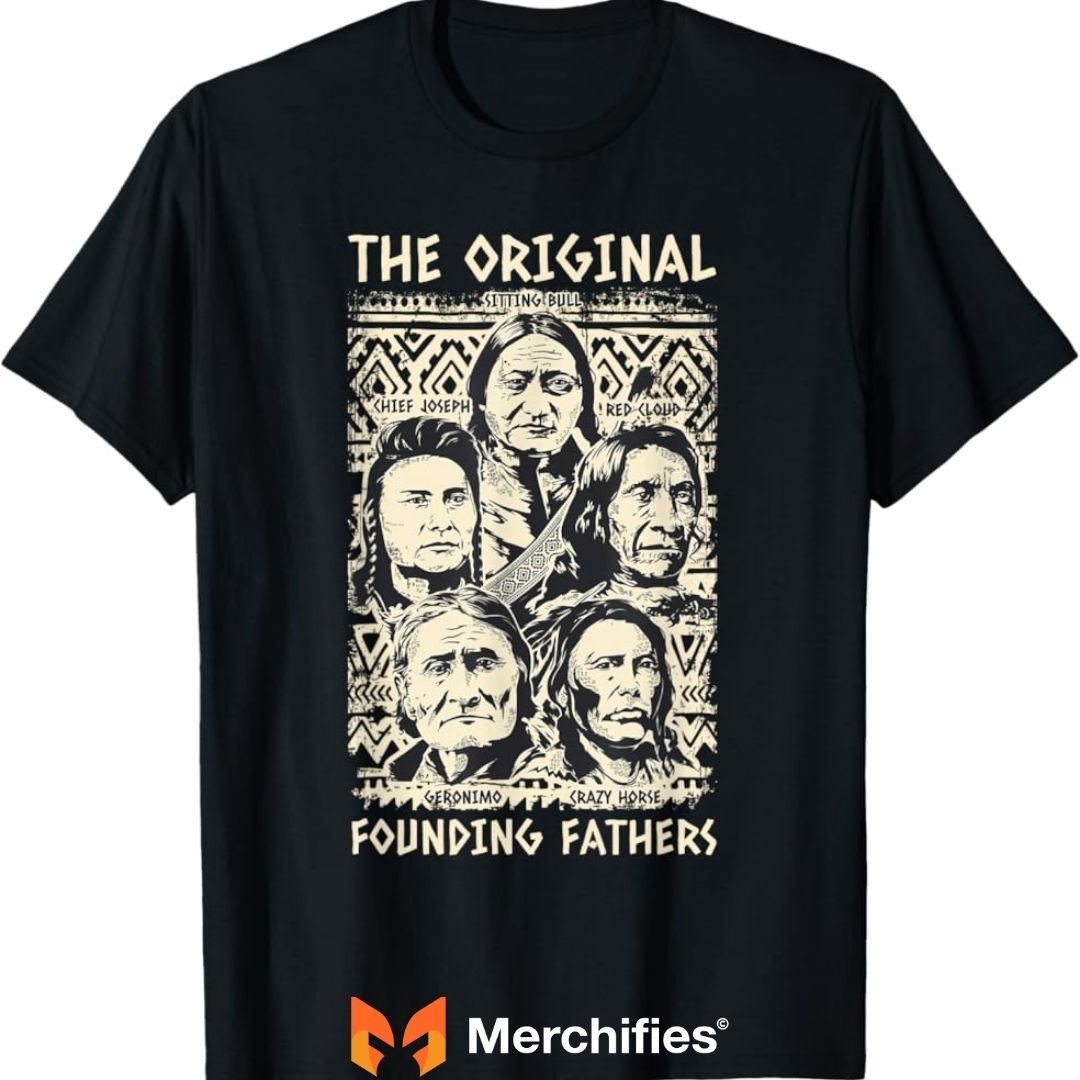
The Significance of Garments in Indigenous Cultures
Throughout history, clothing in indigenous cultures has served many vital roles: as indicators of status, protectors against the elements, and powerful ceremonial attire. The evolution of shirt designs, from painted hides and intricately woven tunics to the later influence of trade cloth, illustrates a continuous adaptation while maintaining deep cultural roots. Each thread and brushstroke contributes to the overall "tribal shirt story."
Case Studies: Specific Tribal Shirt Design Stories
While acknowledging the vast diversity of global indigenous textile traditions, let's explore a few illustrative examples to truly grasp the "story behind native design."

Native American Shirts
Discover our Native American t-shirt collection now!
Pacific Northwest Coast Designs (e.g., Haida, Tlingit, Kwakwakaʼwakw)
The art of the Pacific Northwest Coast is renowned for its distinctive Formline art. This style features highly stylized crest figures like the Raven, Bear, Wolf, Eagle, and Killer Whale, characterized by ovoids, U-forms, and S-forms. These designs convey clan lineage, spiritual guardians, and mythological beings, narrating specific stories and histories. This rich art is expressed on button blankets, ceremonial robes, and modern screen-printed or woven shirts, continuing ancient traditions.
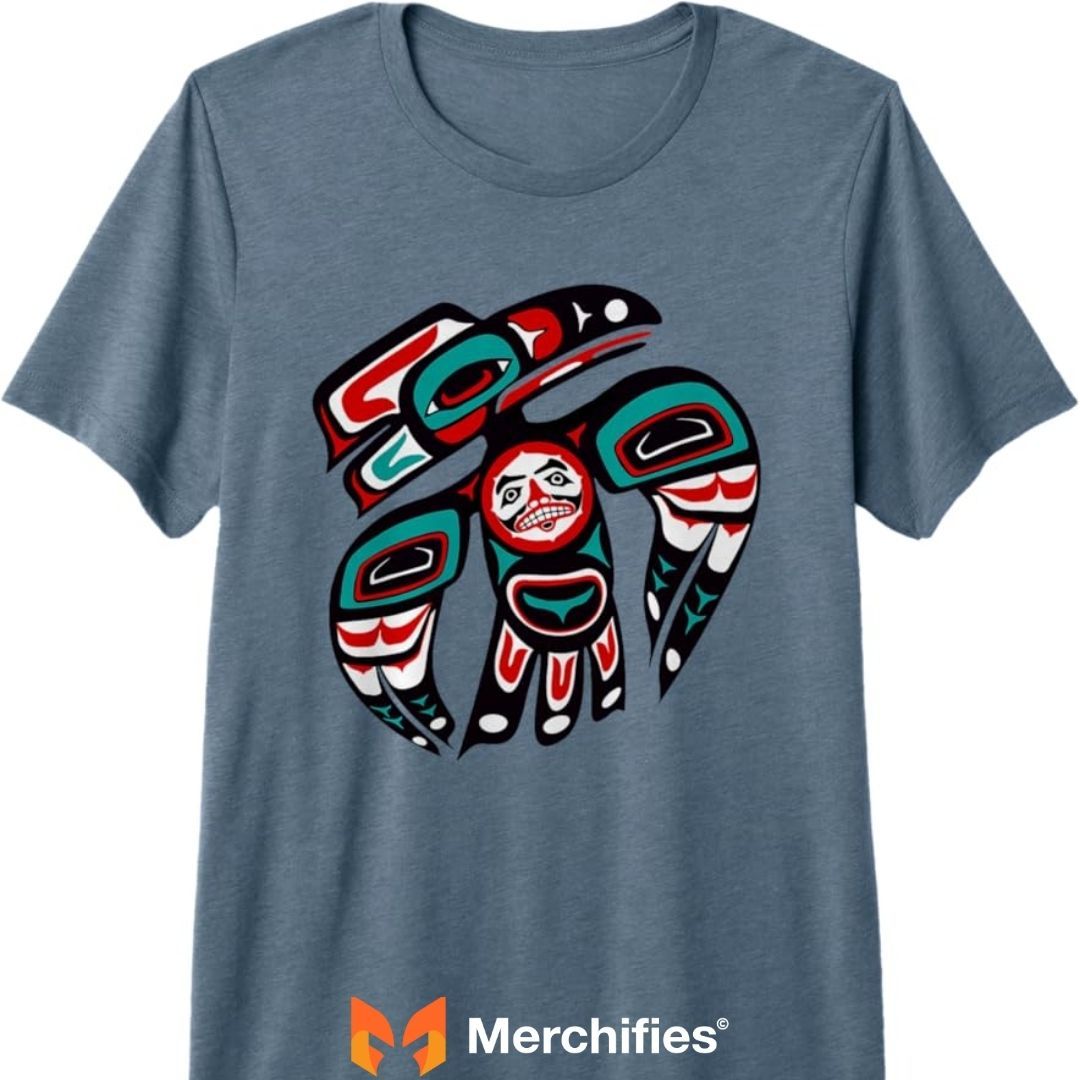
Southwest Native American Textiles (e.g., Navajo, Pueblo, Zuni)
Southwest Native American textiles, particularly Navajo weaving, are famous for their vibrant geometric patterns, Moki stripes, and "Eye Dazzler" designs. Figures like the sacred Ye'ii (holy people), storm patterns, and representations of sacred mountains are common. These motifs symbolize harmony, protection, connection to the landscape, blessings, and elements of nature. While renowned for blankets, these patterns are extensively incorporated into woven tunics, blankets worn as clothing, and modern adaptations of traditional weaving.
Plains Nations Designs (e.g., Lakota, Cheyenne, Blackfoot)
Plains Nations designs often feature exquisite beadwork, intricate quillwork, and painted hides, alongside geometric patterns and feather work. Specific symbols frequently denote war honors, spiritual visions, or personal achievements. These designs carry meanings of valor, spiritual connection, and ceremonial importance. Historically, this art adorned ceremonial shirts and painted hide shirts, later translated to cloth. The famous Ghost Shirts, for example, held a historical context of resistance and spiritual power.
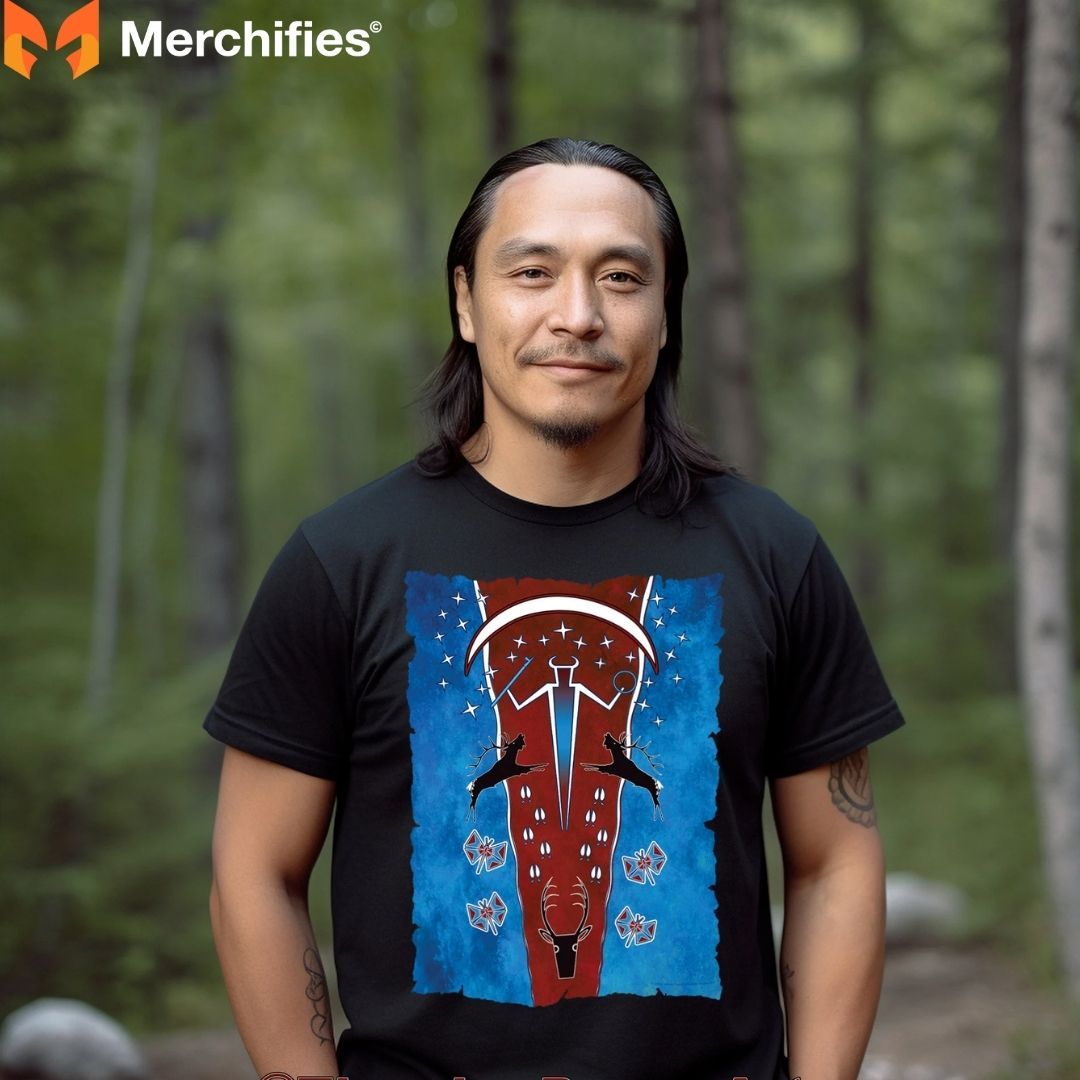
Mesoamerican & Andean Indigenous Textiles (e.g., Maya, Zapotec, Quechua)
From Mesoamerica to the Andes, backstrap loom weaving produces incredibly intricate brocade patterns. These textiles often feature iconography of ancient gods, cosmological diagrams, agricultural cycles, and revered animals like the quetzal and jaguar. Such designs communicate community identity, fertility, cycles of the sun and moon, and ancient beliefs, often signifying social status. Huipiles (blouses), ponchos, and woven sashes are frequently rich with these profound cultural stories.
(It’s important to remember that these examples represent only a small fraction of the incredibly diverse global indigenous textile traditions, each with its own unique "story behind native design.")
Craftsmanship, Tradition, and Transmission: The Art of Making
The creation of indigenous textiles is a profound act of cultural preservation, blending ancient techniques with spiritual reverence.
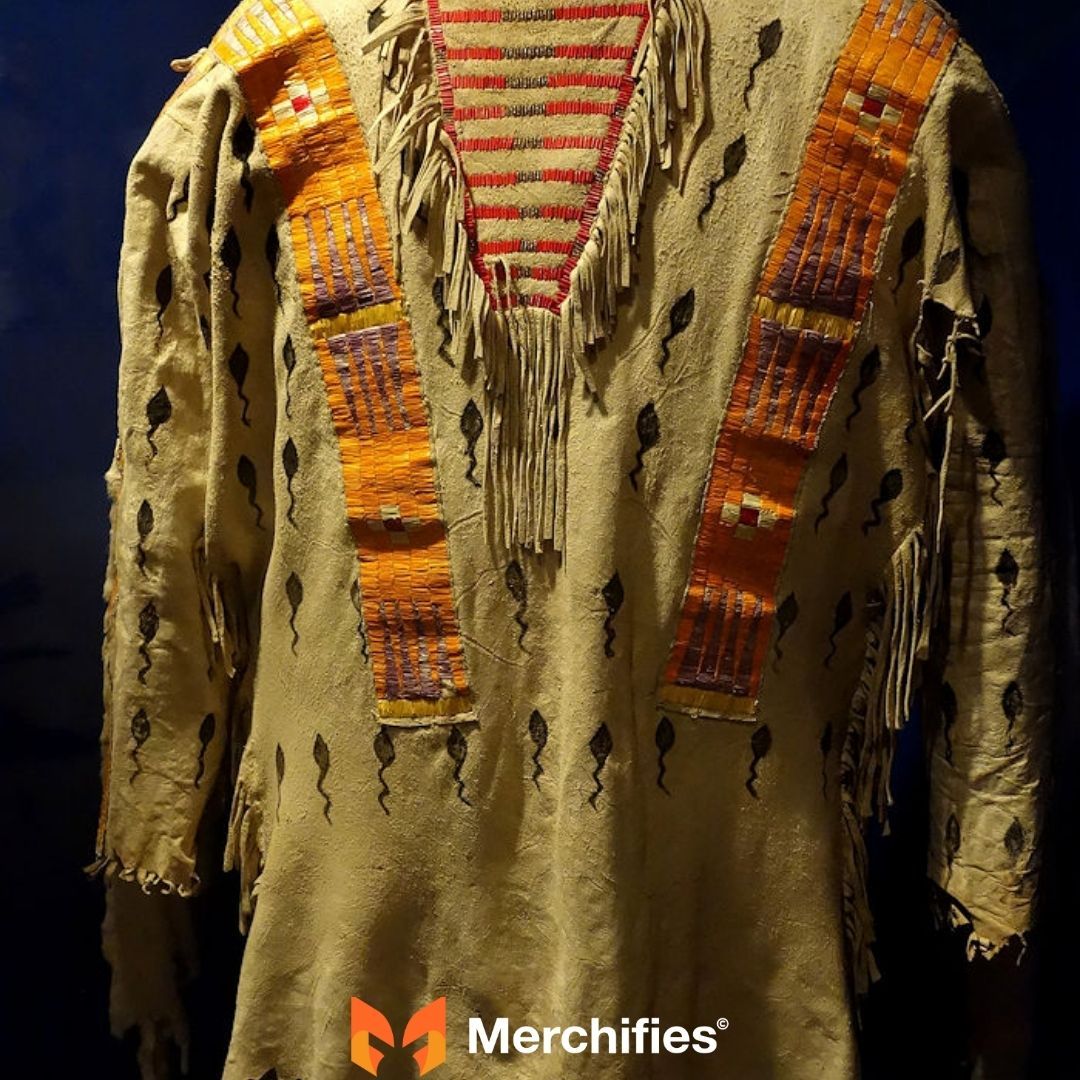
Ancient Techniques and Sacred Materials
The artistry behind tribal shirts involves meticulous ancient techniques: weaving on various loom types, intricate embroidery, precise beadwork, delicate quillwork, complex appliqué, and skilled painting. There’s a spiritual connection to the natural materials used – cotton, wool, sinew, porcupine quills, and shells – which are often sustainably sourced, reflecting a deep respect for the environment that provides them.
The Role of Elders and Artisans as Knowledge Keepers
Elders and master artisans are the invaluable knowledge keepers, responsible for transmitting the complex artistic skills and, critically, the deeper meanings of designs. Intergenerational teaching and oral traditions are paramount in preserving the "story behind native design." This mentorship and apprenticeship ensures that traditional designs and their associated narratives continue to thrive.
The Sacredness of the Creative Process
For many indigenous artists, the creative process itself is sacred. Designs are often imbued with spiritual energy, prayers, and the intentions of the maker. Patience, precision, and an unwavering respect for tradition are not just technical requirements but integral parts of the art, making each "tribal shirt story" a living prayer.
Modern Expressions & The Path Forward: Respect and Recognition
Indigenous art is not static; it is a dynamic, evolving force that continues to adapt and thrive in the modern world, demanding respect and recognition.

Contemporary Indigenous Fashion and Art
Today, indigenous designers and artists are powerfully blending ancestral traditions with modern aesthetics and materials. They are reclaiming narratives, challenging harmful stereotypes, and showcasing their cultural pride on global platforms, from runways to galleries. The rise of indigenous-owned businesses and e-commerce platforms is crucial, offering authentic products directly from the creators and ensuring the true "story behind native design" is told and supported.
Understanding Cultural Appropriation vs. Appreciation
It is vital to understand the crucial difference between cultural appropriation and appreciation. Appropriation often involves taking without permission or understanding, disrespecting the origin, or profiting from another culture's heritage without proper credit or benefit to the community. Appreciation, conversely, involves learning, crediting, and genuinely supporting indigenous artists and cultures. Evelyn Sage often emphasizes that the importance of purchasing directly from indigenous artists, cooperatives, or reputable organizations that truly benefit the community cannot be overstated. Respecting intellectual property and cultural protocols is fundamental to ethical engagement.
Preserving and Revitalizing Indigenous Art and Languages
The ongoing efforts to preserve and revitalize indigenous art and languages are critical. Cultural centers, museums, educational initiatives, and language revitalization programs play a vital role in safeguarding these traditions. Furthermore, the fight for land rights, sovereignty, and self-determination remains fundamental to the survival and continued flourishing of indigenous cultures and their artistic expressions, ensuring the continuity of every "tribal shirt story."
Conclusion
From the intricate lines of Formline art to the bold geometrics of a Navajo weave, the "story behind native design" and the profound meanings woven into every "tribal shirt" are vibrant, living texts. They are powerful chronicles of history, identity, spirituality, and artistic brilliance that continue to inspire and educate. These designs are far more than beautiful patterns; they are testaments to resilience, creativity, and the enduring spirit of indigenous peoples. As Evelyn Sage eloquently concludes, appreciating these garments means recognizing their profound beauty, understanding their complexity, and honoring the artists and cultures from which they originate. We encourage you to continue learning, seek out authentic indigenous art, support indigenous creators, and foster a deeper, more respectful appreciation for the diverse tapestry of human heritage.
